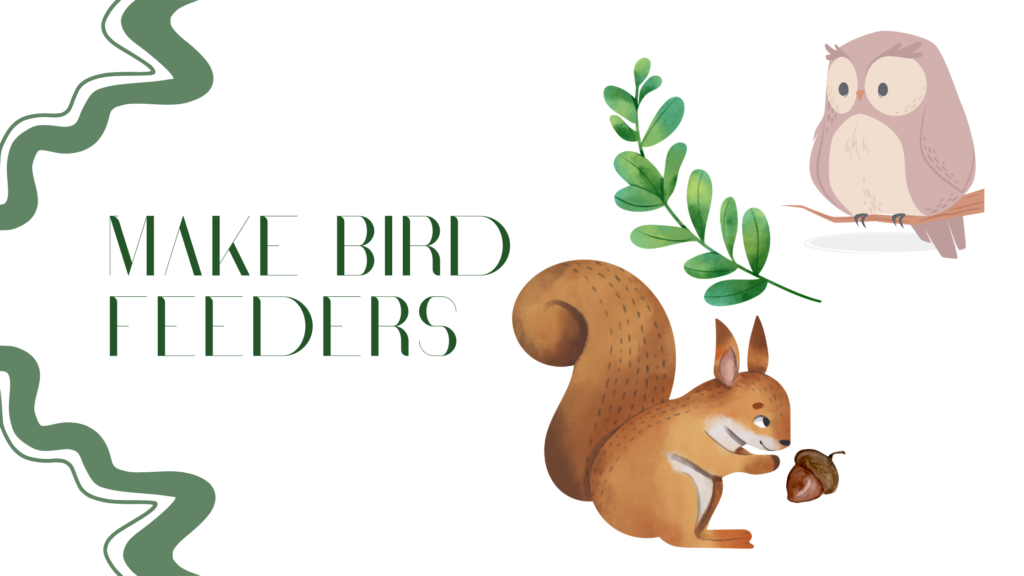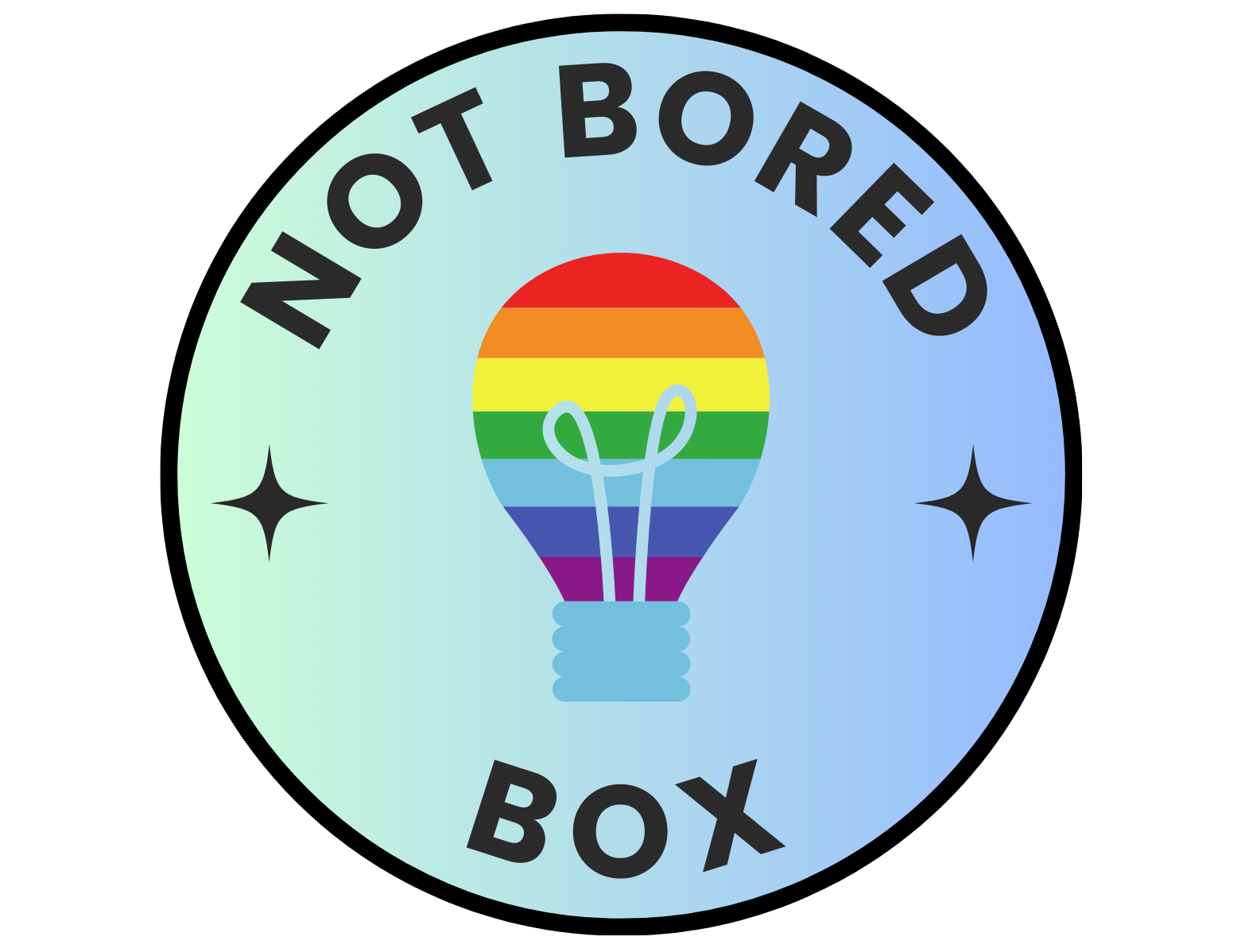
World Wildlife Day is celebrated on 3rd March every year. It’s a great time to get your children interested in local wildlife in your area, particularly birds that are around in spring.
Since World Wildlife Day celebrates the importance of wildlife and recognises the impact it has on our people and planet, it’s a nice opportunity to give back. We’ll show you how to make some easy bird feeders and bird fat balls in your kitchen and also give you some tips for spotting wildlife in your garden or local park.
What is World Wildlife Day?
World Wildlife Day was created by the United Nations. It reminds us that we can’t live without nature. It’s so important for so many of the systems that keep us as humans alive and keep our planet working properly.
The theme for World Wildlife Day 2025 will focus on finding innovative ways to fund and invest in wildlife conservation.
Why is wildlife so important?
Healthy wildlife populations help to keep our world in balance. From ants to elephants, World Wildlife Day shows us that every animal has its purpose and it is important that we look after them.
Let’s look at bees. Some people find them scary and you might not think that we would notice if they were gone.
But bees are so important for keeping natural spaces, like forests and meadows, alive. That’s because they are key pollinators in these environments. Without bees, there would be fewer animals helping to pollinate flowers. If bees die out, we may see fewer flowers but also farmers might find it harder to grow fruits and vegetables.
How can you look after wildlife at home?
A really good way to look after wildlife is to put out bird feeders. This helps birds to find food more easily, especially when competition is high.
Having bird feeders will invite more birds into your garden. As well as making the feeders with your kids, you can also teach them how to identify these birds too. It will help to kickstart conversations about ecosystems, food chains and even biology.
In spring, you are likely to see Eurasian jays, crows, woodpeckers, starlings, blackbirds, robins and bluetits.
Our top tips for birdspotting are:
- Set a time every day to watch birds for around 15 minutes from a good distance
- Make notes of the birds you see and what they look like (you can research them after)
- Binoculars will help you identify the unique traits of specific birds that are coming to your garden
Make a pine cone bird feeder
Difficulty: easy
Age rating: 3+
Time: 15 minutes
You will need:
- 1 tablespoon unsalted smooth peanut butter, melted
- A few handfuls of bird seed
- Big pine cones, open
- String
- A bowl
How to make your pine cone bird feeder
- Tie some string to the top of your pine cone, leaving enough space so it can dangle off a tree
- Dip your open pine cone in the melted peanut butter or spread it inside the pine cone with a knife
- Put your birdseed in a bowl
- Roll your pine cone in the bird seed so it sticks to the peanut butter
- Now you can hang your pine cone outside on a tree or bird table and see who comes to eat it
Make bird fat balls
Difficulty: medium
Age rating: 5+
Time: 15 minutes + overnight chilling
You will need:
- Lard
- String
- Yogurt pots
- Unsalted nuts (unsalted peanuts, sunflower seeds, safflower seeds, nigel seeds, millet) or birdseed
- Oats, optional
- Grated cheese, optional
- Breadcrumbs, optional
How to make your bird fat balls
This recipe uses 1 part melted lard to 2 parts dry mixture (e.g. combine 2 tablespoons of melted lard with 4 tablespoons of dried nuts)
- Cut a length of string which fits through your yogurt pot and will tie around a tree
- Cut a small hole in the bottom of the yogurt pot and feed the string through. Make a knot at the end so the string can’t fall out. Set aside.
- Make your dry mixture. You could either use a pre-made birdseed or mix unsalted nuts with oats, breadcrumbs and grated cheese.
- In a bowl, mix 1 part melted lard with 2 parts dry mixture until combined
- Fill your yogurt pot up with the mixture, making sure that the string is in the middle
- Press everything firmly into the yogurt pot and place it in the fridge overnight to set
- Once the mixture has set, carefully cut away your yogurt pot
- Now you can hang your bird fat balls from the tree and start bird watching!
Top tips for making bird feeders
- If you don’t want to use lard, only use fats that set when cold
- Only use small unsalted nuts rather than ones with added salt and big whole nuts
There you have it! Give this a go at home with your kids and, as always, share what you’ve made by sending us a message on instagram @notboredbox. We love seeing your creations.
